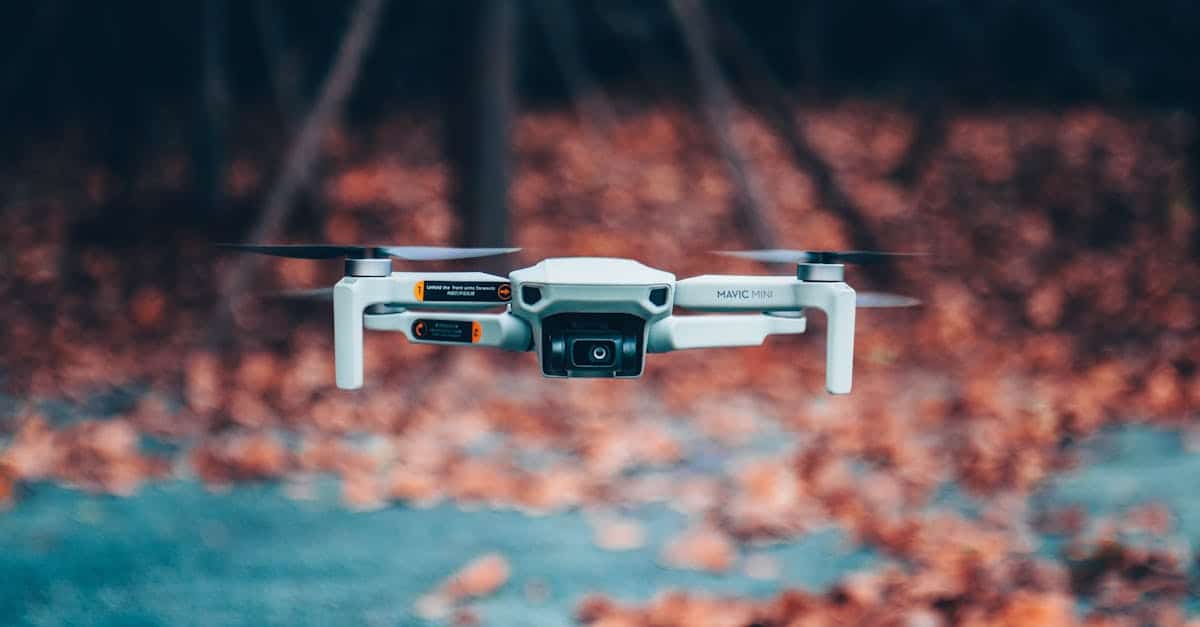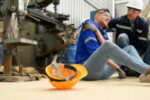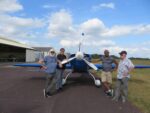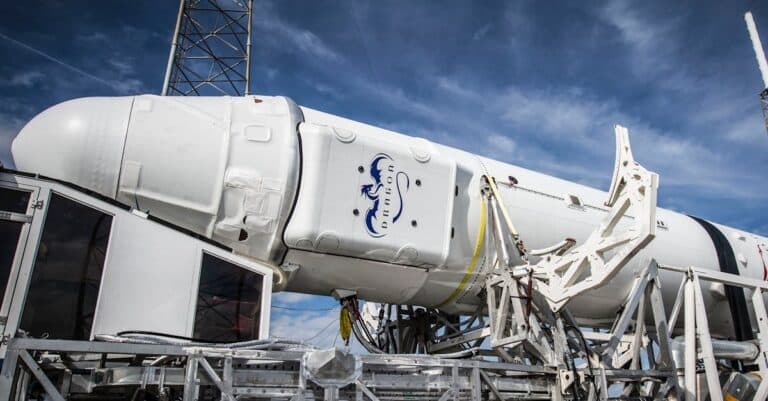Autonomous aerial vehiclesautonomous are distinguished by their ability to navigate in the air without human intervention. Equipped with advanced technologies such as sensors, cameras, and navigation systems, these aircraft interpret data from their surroundings to perform maneuvers autonomously. The definition of an autonomous aerial vehicle is based on different levels of autonomy, ranging from partial assistance to fully automated control. The technical challenges and ethical considerations surrounding this technology make it a fascinating and dynamic topic within the aerospace sector.
In the context of technological advancements, an autonomous aerial vehicle is defined as an aircraft capable of carrying out flight missions without direct human intervention. Thanks to sophisticated integrated systems, these planes or drones can navigate, detect their environment, and make real-time decisions.
At the heart of this innovation are advanced technologies, such as sensors, cameras, radars, and artificial intelligence algorithms. These devices enable the vehicle to collect data about its environment, analyze this information, and perform maneuvers autonomously. For example, a drone can use sensors to avoid obstacles, adjust its altitude, or follow a predefined trajectory without anyone at the controls.
Autonomous aerial vehicles are classified according to their level of autonomy, which can vary significantly. This classification allows for identifying how much an aircraft is capable of functioning without human assistance. Experts often establish these levels on a scale, ranging from simple assistance to the pilot to a fully autonomous operation. The initial levels, often integrated into assisted piloting systems, require only minimal intervention, while higher levels involve complete automation.
Furthermore, automation of navigation systems plays a crucial role in the functioning of autonomous aerial vehicles. These systems use technologies such as GPS, inertial navigation systems, and communication systems to ensure precise tracking of the aircraft’s position and orientation. Proper management of this data is essential for the safety and reliability of air operations.
The advantages of autonomous aerial vehicles are numerous and varied. They offer the ability to carry out missions in challenging or dangerous environments, reduce operational costs by minimizing the need for personnel, and improve operational efficiency. For example, autonomous drones are used for surveillance, mapping, or delivering packages, while optimizing routes and flight times.
However, the rise of autonomous aerial vehicles also raises ethical and regulatory concerns. Issues related to aviation safety, data protection, and liability in the event of an accident are subjects of debate among experts and regulators. Moreover, the integration of these vehicles into airspace will require changes to civil aviation rules to ensure the safety of all participants in air traffic.
In summary, an autonomous aerial vehicle is much more than just an aircraft; it is an innovative platform that reinvents the way we conceive flight. The continued development of these technologies and discussions around their practical application are shaping the future of air transport. Aerial innovations are taking an increasingly important place in our society, promising to redefine our interactions with the skies and optimize many sectors of activity.

FAQ about Autonomous Aerial Vehicles
Q: What is an autonomous aerial vehicle?
R: An autonomous aerial vehicle is an aircraft capable of operating without human intervention. It uses advanced technologies like artificial intelligence and sensors to navigate autonomously.
Q: What are the main components of an autonomous aerial vehicle?
R: Autonomous aerial vehicles are equipped with sensors, cameras, and sophisticated navigation systems that allow them to perceive their environment and make real-time decisions.
Q: How are these vehicles classified?
R: Autonomous aerial vehicles can be classified based on their level of autonomy, ranging from assisted driving to complete autonomy, where no human intervention is required.
Q: What are the benefits of autonomous aerial vehicles?
R: Autonomous aerial vehicles offer numerous benefits, such as increased safety, reduced human accidents, and improved efficiency in transport operations.
Q: Are there ethical concerns associated with their use?
R: Yes, the use of autonomous aerial vehicles raises ethical questions, particularly regarding liability in the event of an accident and the impact on employment in the transport sector.
Q: What is the significance of testing in the development of these vehicles?
R: Testing is essential to ensure the safety and reliability of autonomous aerial vehicles. It validates navigation and detection systems before operational deployment.
Q: In what areas could autonomous aerial vehicles be used?
R: Autonomous aerial vehicles could be used in various fields, including passenger transport, goods delivery, surveillance, and even rescue missions.

























